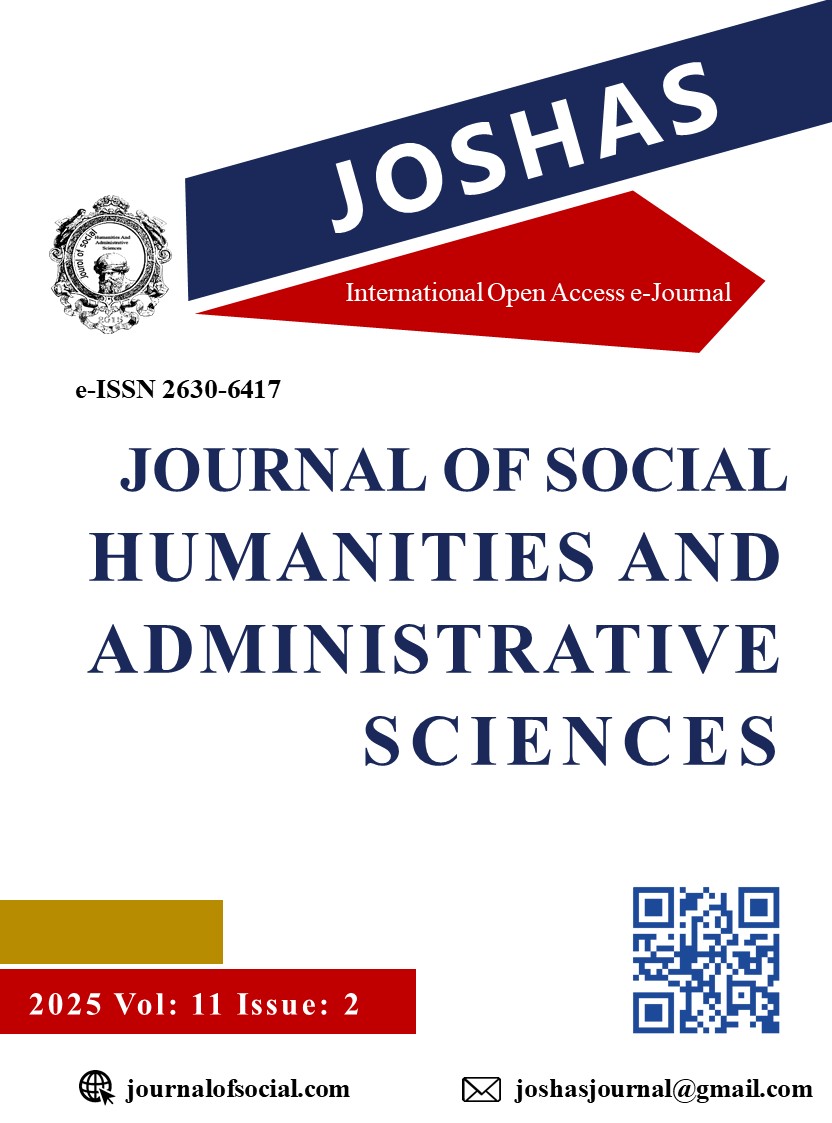Author :
Abstract
Bu makalede, Kantçı yüce kavramının çağdaş sanattaki dönüşümü, algının sınırları, estetik deneyimin paradigmaları ve temsiliyet krizi bağlamında ele alınmaktadır. Modernist estetikte yüce, duyusal coşkunluk ve bilişsel sınırların zorlanmasıyla ilişkilendirilirken, postmodern süreçte temsilin imkânsızlığı, anlamın kayganlaşması ve öznenin varoluşsal konumunun sarsılması üzerinden yeniden yorumlanmaktadır. Lyotard'ın "temsil edilemeyenin temsili", Deleuze'ün duyumsal şiddet teorisi, Kristeva'nın abjeksiyon kavramı, Derrida'nın différance yaklaşımı ve Rancière'in politik estetik kuramı doğrultusunda yüce, geleneksel tanımlamalarının dışına çıkarak felsefi, psikanalitik ve politik bir düşünsel alana evrilmektedir.
Soyut ekspresyonizm, minimalizm ve kavramsal sanat pratiklerinden dijital enstalasyonlara ve teknolojik temelli sanat uygulamalarına uzanan örnekler üzerinden yapılan analizler, çağdaş sanatta yücenin salt estetik bir deneyim alanı olmaktan çıkıp zaman-mekân algısını dönüştüren, temsiliyetin sınırlarını sorgulayan ve sosyopolitik bağlamlarla bütünleşen dinamik bir kavrama evrildiğini ortaya koymaktadır. Bu bağlamda, bu makalede, teknolojik yeniliklerin ve dijital olanakların sunduğu yeni estetik paradigmalar çerçevesinde yücenin çağdaş sanattaki epistemolojik ve ontolojik dönüşümü disiplinlerarası bir yaklaşımla analiz edilmekte; günümüz sanat pratiklerinin algısal, bilişsel ve politik boyutlarının irdelenerek değerlendirilmesine katkı sunulması amaçlanmaktadır.
Keywords
Abstract
This article examines the transformation of the Kantian concept of the sublime in contemporary art in the context of the limits of perception, paradigms of aesthetic experience, and the crisis of representation. While the sublime in modernist aesthetics is associated with sensory exuberance and the pushing of cognitive boundaries, it is reinterpreted in the postmodern process through the impossibility of representation, the slipperiness of meaning, and the shaking of the existential position of the subject. In line with Lyotard's "representation of the unrepresentable, "Deleuze's theory of sensory violence, Kristeva's concept of abjection, Derrida's approach to différance, and Rancière's theory of political aesthetics, the sublime goes beyond its traditional definitions and evolves into a philosophical, psychoanalytical, and political intellectual field.
Analyses conducted on examples ranging from abstract expressionism, minimalism and conceptual art practices to digital installations and technologically based art practices reveal that the sublime in contemporary art has evolved from being a purely aesthetic field of experience to a dynamic concept that transforms the perception of time and space, questions the limits of representation and integrates with socio-political contexts. In this context, this article analyzes the epistemological and ontological transformation of the sublime in contemporary art within the framework of new aesthetic paradigms offered by technological innovations and digital possibilities with an interdisciplinary approach; it aims to contribute to the evaluation of today's art practices by examining their perceptual, cognitive and political dimensions.





